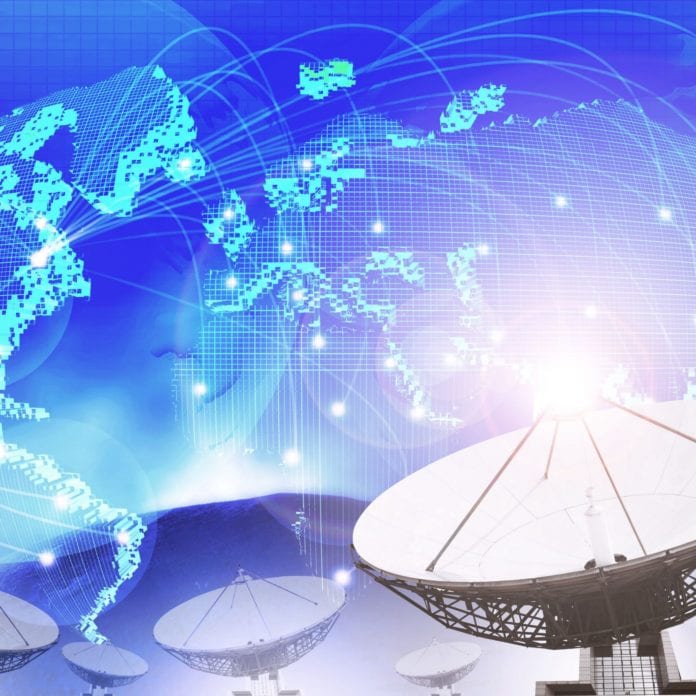WASHINGTON, DC—Satellite and cellular technologies are converging in 3GPP standards. New partnerships are being struck to provide services such as the ability to send text messages in areas where terrestrial mobile networks don’t reach. What is the potential of satellite-cellular convergence?
If there were any observations to be drawn from this week’s Satellite 2024 conference in D.C., it’s that both the satellite industry and the cellular industry are very interested in the potential of that convergence. They are less certain about how things will play out in terms of viable and profitable business models.
“Satellite has the opportunity. The big issue is, we need orders of magnitude improvement in airtime pricing,” said Mark Dankberg, CEO of Viasat, during a panel session. But there are major differences in both pricing and performance between cellular and satellite. Dankberg noted that while satellite thinks of pricing in terms of dollars-per-megabyte, terrestrial network operators are thinking dollars-per-gigabyte. “Think of it as two or three orders of magnitude improvement in airtime pricing, [and] similar improvements in speed, in order to provide a service that looks and is economically attractive to those same people who are getting those prices points on terrestrial,” Dankberg told the audience.
Matt Desch, CEO of Iridium Communications, pointed out that satellite costs have dropped significantly in the years he has been in the industry, from tens of thousands of dollars for a terminal to hundreds. He credits both vertical integration and increased scale. But he cautioned that the business models aren’t yet clear for direct-to-device, converged services, even as they start to emerge. Is there a sharing of infrastructure and launch costs as well as service revenues? How is money being made when, for example, new satellite-based services are being offered to consumers for free? “Nobody still knows how money will be made in [direct-to-device]. That’s one big question I keep asking,” said Desch. He added: “Everybody wants to wait and see how good it is, because they don’t know what it will be priced until they know what the user experience will be, and we can’t exactly tell them because we can’t exactly architect that well ahead of time. There’s just a lot, a lot of questions right now. It’s coming together, it’s inevitable—it’s just taking time more than anything else.”
Hamid Akhaven, president and CEO of EchoStar (which now is the parent company of Dish Wireless and its terrestrial 5G network) likened the current situation of satellite and cellular convergence to the early days of cellular, when only a few potential users, like Realtors, were seen as a viable target customer for the technology. “History has shown that when you give people something that they know how to use, they will find many ways to take advantage of it,” he reflected.
Michael Kool, senior product manager for connectivity at John Deere, offered the perspective of a company offering both cellular and satellite solutions to its customers, depending on the service and geography. “The unique situation that we are in is that we are actually seeing this convergence, live, in the field with customers today,” Kool said. He made the point that “If you look at where our customers are, they’re in rural areas. There’s a real divide when it comes to connectivity. … We are glad to see the convergence of cellular and sat because we will have to continue to use cellular connectivity where it’s available.” He explained that for John Deere equipment’s increasingly complex and sophisticated offerings, sensor- or computer-vision-based detection and data analysis—and data transfer—is crucial “There’s data that is so important, and the connectivity is foundational to that,” Kool said.
Dankberg said that based on his company’s experience in providing Wi-Fi on planes, Viasat learned several lessons: That demand varies wildly based on price, that the usage profile is largely the same as terrestrial use and that you have to figure out a strategy that is not only good for the end user, but other players such as the airlines who are part of providing the service or mobile network operators who may want to provide connectivity on the plane for free to their customers. He expects that the same factors—pricing, usage and advantages for ecosystem partners—will also shape satellite/cellular convergence.

